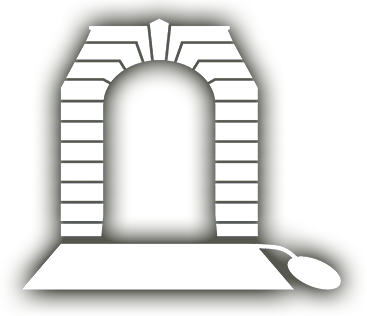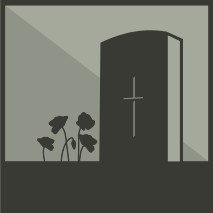DOLLERY, Edwin Maxwell
| Service Numbers: | 6222, VX12722 |
|---|---|
| Enlisted: | 3 June 1916 |
| Last Rank: | Brigadier |
| Last Unit: | Staff Corps |
| Born: | Hobart, Tasmania, Australia, 21 April 1897 |
| Home Town: | Hobart, Tasmania |
| Schooling: | Not yet discovered |
| Occupation: | Electrical Engineer |
| Died: | July 1973, cause of death not yet discovered, place of death not yet discovered |
| Cemetery: |
Cornelian Bay Cemetery and Crematorium, Tasmania Independent O 36 |
| Memorials: | Hobart Postmaster-General's Department WW1 Honour Roll, Hobart Roll of Honour, Lindisfarne Officers of the 12th Battalion Pictorial Honour Roll |
World War 1 Service
| 3 Jun 1916: | Enlisted AIF WW1 | |
|---|---|---|
| 24 Aug 1916: | Involvement Private, 6222, 12th Infantry Battalion, --- :embarkation_roll: roll_number: '10' embarkation_place: Melbourne embarkation_ship: HMAT Botanist embarkation_ship_number: A59 public_note: '' | |
| 24 Aug 1916: | Embarked Private, 6222, 12th Infantry Battalion, HMAT Botanist, Melbourne | |
| 3 Jun 1919: | Honoured Military Cross, Military Cross 'For conspicuous gallantry near Proyart, on 23rd-26th August 1918. He took six men through a wood still occupied by the enemy, and advanced some 600 yards beyond, over open country and through heavy machine gun fire. He put one gun out of action and rushed another gun, shooting the gunner. He then established a post which commanded the approach to the wood, and held it with his remaining four men for five hours.' Source: 'Commonwealth Gazette' No. 67 Date: 3 June 1919 |
World War 2 Service
| 4 Apr 1940: | Enlisted VX12722, Staff Corps, Discharged 21 April 1952 | |
|---|---|---|
| 4 Apr 1940: | Enlisted Australian Military Forces (WW2) , Brigadier, VX12722 |
Help us honour Edwin Maxwell Dollery's service by contributing information, stories, and images so that they can be preserved for future generations.
Add my storyBiography contributed by Faithe Jones
Military Cross
'For conspicuous gallantry near Proyart, on 23rd-26th August 1918. He took six men through a wood still occupied by the enemy, and advanced some 600 yards beyond, over open country and through heavy machine gun fire. He put one gun out of action and rushed another gun, shooting the gunner. He then established a post which commanded the approach to the wood, and held it with his remaining four men for five hours.'
Source: 'Commonwealth Gazette' No. 67
Date: 3 June 1919










